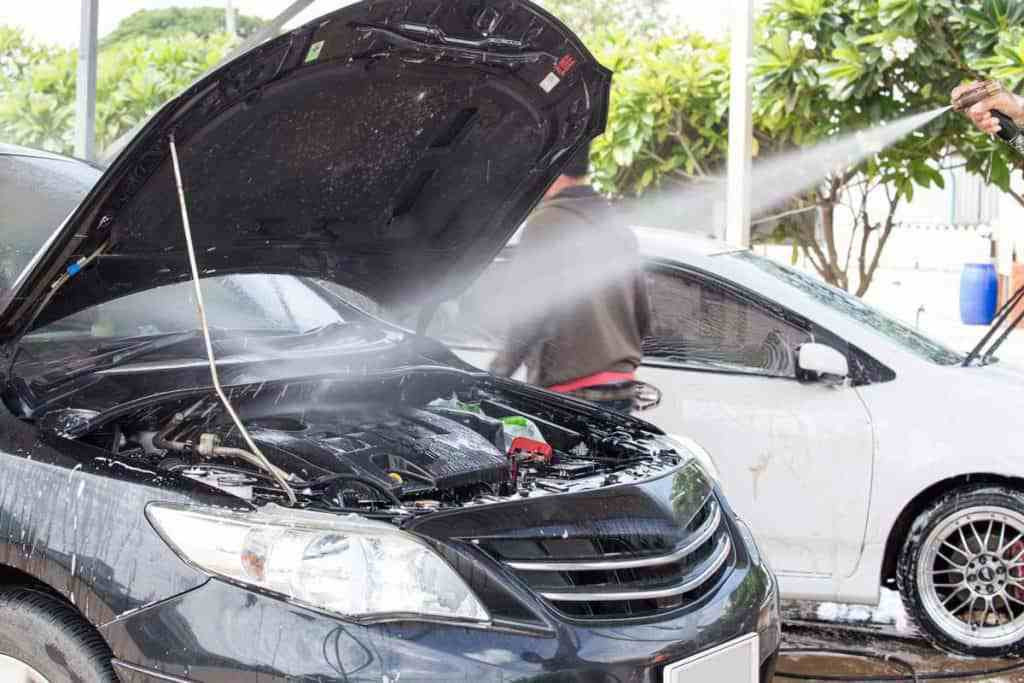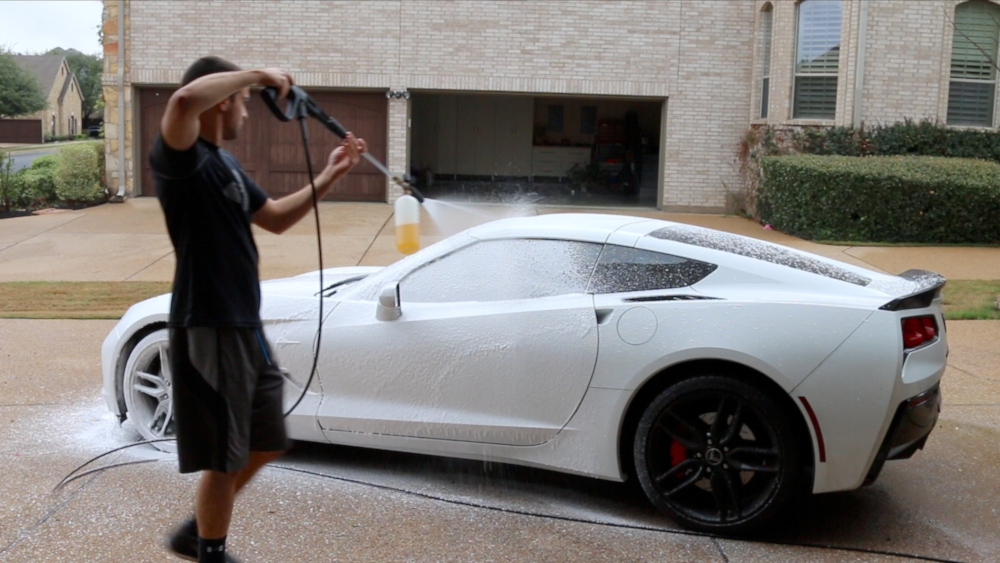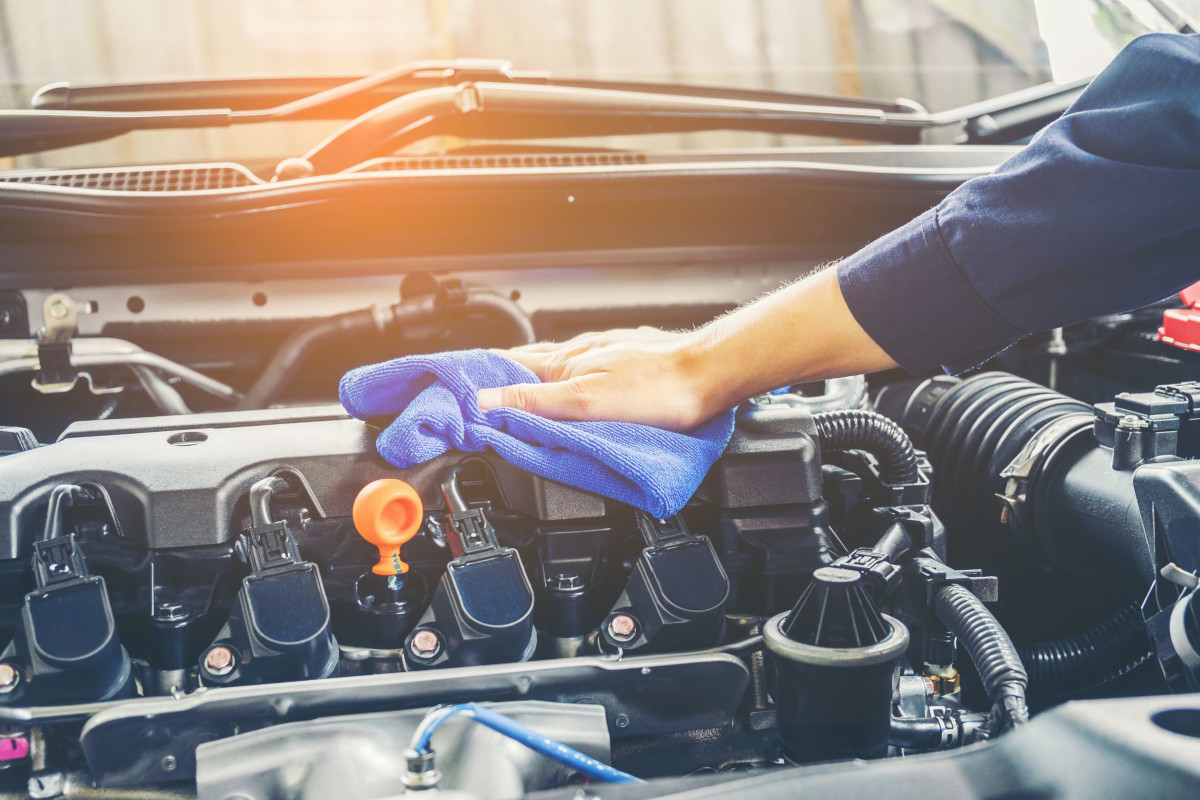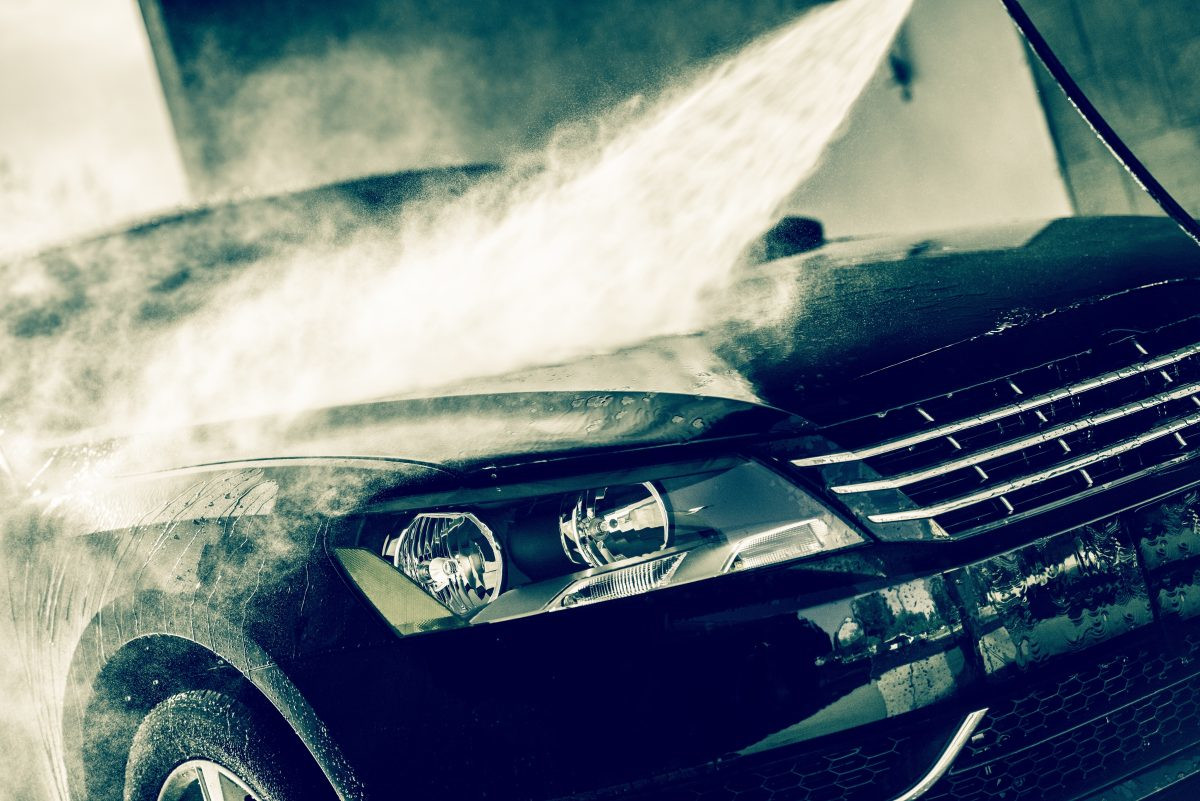
How To Safely Wash A Car Engine Using A Pressure Washer
Nothing beats a shiny, sparkly clean, and well-kept car. It will look amazing whether you cruise down the street or park it all day in the driveway. But if you want your ride to drive better, you have to ensure that it is beautiful both inside and out. You may be quick to clean the exterior of your car once it gets dirty, but what about all those grime and dirt that have built up under its hood?
Washing your car engine may seem daunting. Fortunately, an electric pressure washer will help you keep the car clean. Pressure washing is a quicker and more effective method of washing your car engine, turning the daunting process into a simple weekend afternoon chore. Just make sure to follow the tips we have here on how to pressure wash your car engine safely. Check out some of the best options here on ClasoAuto.com.

Garden Hose vs. Pressure Washer
A garden hose can only get rid of the top layer aesthetic filth from the hood of your car. Harder-to-reach spots, such as compartments and gaps, will remain packed with dirt and debris. Moreover, the garden hose usually creates a water blanket that covers the whole content under the hood. That means the water in the nooks and crannies of the engine bay will result in rusting over time.
On the other hand, an electric pressure washer utilizes high pressure. It offers precision cleaning of specific areas underneath the hood while allowing you to dodge spots that should not be reached by water.
Despite the numerous debates online, there is no doubt that using a pressure washer is the best method to clean your vehicle’s engine. You can easily wash it yourself efficiently at home and avoid denting your wallet from costly car wash services at the same time.

What You Need To Know Before Pressure Washing Your Car Engine
In terms of pressure washing your car engine, you need to know the right and wrong way to get the job done properly:
l Do not use a powerful gas-powered washer or a machine with 3000 PSI.
l Never use the 0-degree nozzle, which can wreak havoc on the components of the engine bay area.

l Opt for an electric-powered washer with 1200 to 1900 PSI, which is the safest to use on vehicles.
l Experts advise using a washer with a GPM that ranges between 1.4 to 1.6.
l Use the white nozzle when pressure washing the engine bay area. The spray pattern that the white nozzle produces is about 45 degrees. Also, the water pressure it sprays out is relatively moderate.
l Change to the green nozzle if you’re not happy with the results from the white one. The green nozzle produces a spray pattern of 25 degrees. This can provide you with the most efficient engine cleaning and avoid damaging the paint of your ride.

Five Basic Steps On How To Properly Pressure Wash Your Car Engine
Step 1: Cover all electrical components
Before starting with the actual car washing process, make sure to cover all electrical components of the engine. Cover the alarm system, alternator, distributor, spark plug, and other electrical connections with saran wrap or plastic. Then, use rubber bands or tape to secure these to ensure they will not fall off when you’re blasting them with high-pressure water.

Step 2: Loosen grease and oil with engine degreaser
Even your pressure washer will find it challenging to eliminate grease and oil. For this reason, you may want to consider spraying an engine degreaser to loosen the stubborn debris before cleaning. Doing so will make rinsing the car engine easier and quicker.
When it comes to the cleaning solution, choose a product made especially for engines. Additionally, check and ensure that it is biodegradable and water-based. The last thing you want is to buy something that corrodes the plastic and metal components in your vehicle’s engine bay.
Spray and cover the dirt build with your degreaser. Also, make sure to spray on every small crevice. You don’t have to saturate the surfaces. Just give the solution a minute or two to make its magic.

Step 3: Give dirty areas a good scrub
Once the oil and grease have loosened up, scrub the engine bay using a stiff brush. A toothbrush will also do the trick. Brushing will further impose the engine degreaser into the murky areas, agitating the stains. This, in turn, will result in the oil stain coming off more easily.
Step 4: Rinse with your pressure washer
Apply a low water pressure setting for this. You will end up with damaged engine parts if you’ll use too much pressure.
Step 5: Let the engine dry
Remove the plastic coverings you put earlier. Then, wipe down your car engine with some clean microfiber towels or cloth. There’s no need to let the engine dry entirely. You just want it to be dry enough to ensure no moisture will pick up dust and dirt the next time you hit the road.

How Often Do I Need To Clean My Car Engine?
The answer to this question will depend on where you live and the surrounding environment. As mentioned, car engines build up plenty of dirt and debris over time. This is especially true if you live in a place with plenty of dust, pollution, and harsh weather conditions.
If that’s the case, it is advisable to wash your car engine once every quarter or three months. Meanwhile, frequent engine cleaning is not required if you live in an area less prone to unrelenting conditions. Twice a year is good enough.
Nevertheless, you have to wipe down your car engine regularly after every deep-cleaning session regardless of the condition of your area. You can do this by simply wiping down the surface with a clean cloth and a toothbrush for harder-to-reach spots. The task is not as daunting as it sounds. Just ensure that before starting with the chore, your engine is cold.



